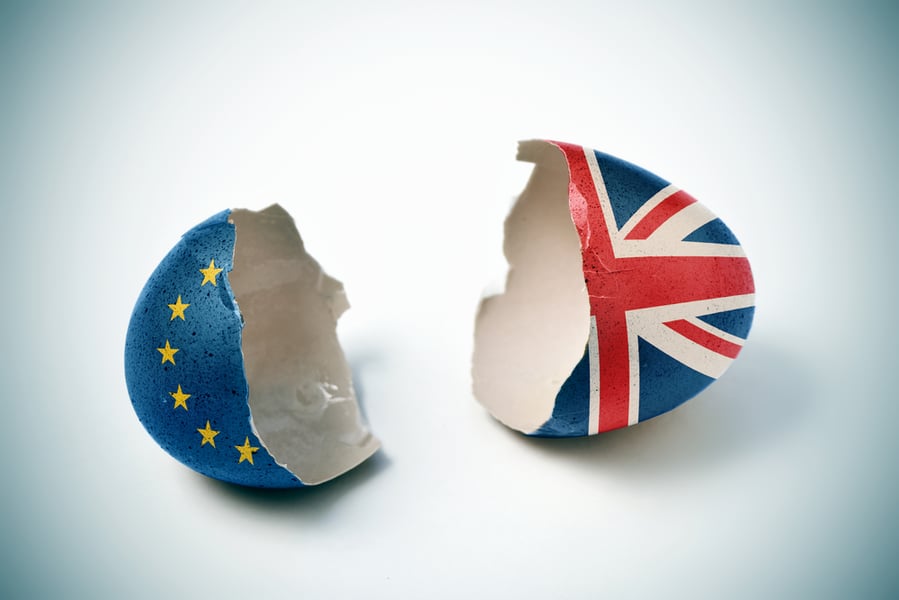An analysis of average house price changes in 324 English Local Authority Areas (LAA) since June 2016 was conducted.

Recent research has shown that areas which chose to leave the European Union in the 2016 referendum have recorded higher average house price increases than those who voted to remain.
An analysis of average house price changes in 324 English Local Authority Areas (LAA) since June 2016 by online estate agent Housesimple, showed that 16 of the top 20 performing LAAs voted leave including Rutland (26.3%) and Corby (24.8%)
Four remain voting LAAs featured in the top 20 including the Costwolds (30.5%) and Leicester (21.6%).
Sam Mitchell, chief executive at Housesimple, said: “It is important to remember that correlation does not always equal causality. Just voting Leave hasn’t made your house more valuable on its own. There are a range of reasons driving house prices in England.
“The data points to an overall North-South divide. Brexit uncertainty does not appear to have affected the North to the extent that we may be seeing in the South.
"Other important factors underpin these findings, including punitive stamp duty that has a lower impact on properties valued under £500,000 so there is less of a drag factor in the North.
"We’re also seeing a longer-term trend whereby house price growth in London and the South East that really took off in 2012 has been slowing to more sustainable levels since 2016, or even dropping in some London LAAs.
"At the same time properties in the North and the Midlands saw more modest growth post 2007, and cities like Manchester, Liverpool, Leicester and Leeds have robust local economies and increasing demand for housing which has helped to drive double digit price increases since the referendum.
“The bottom line is that despite the fact Brexit uncertainty will now drag on into 2020, the market fundamentals - a long-running supply and demand issue, historically low interest rates and growing income levels - remain in place."



